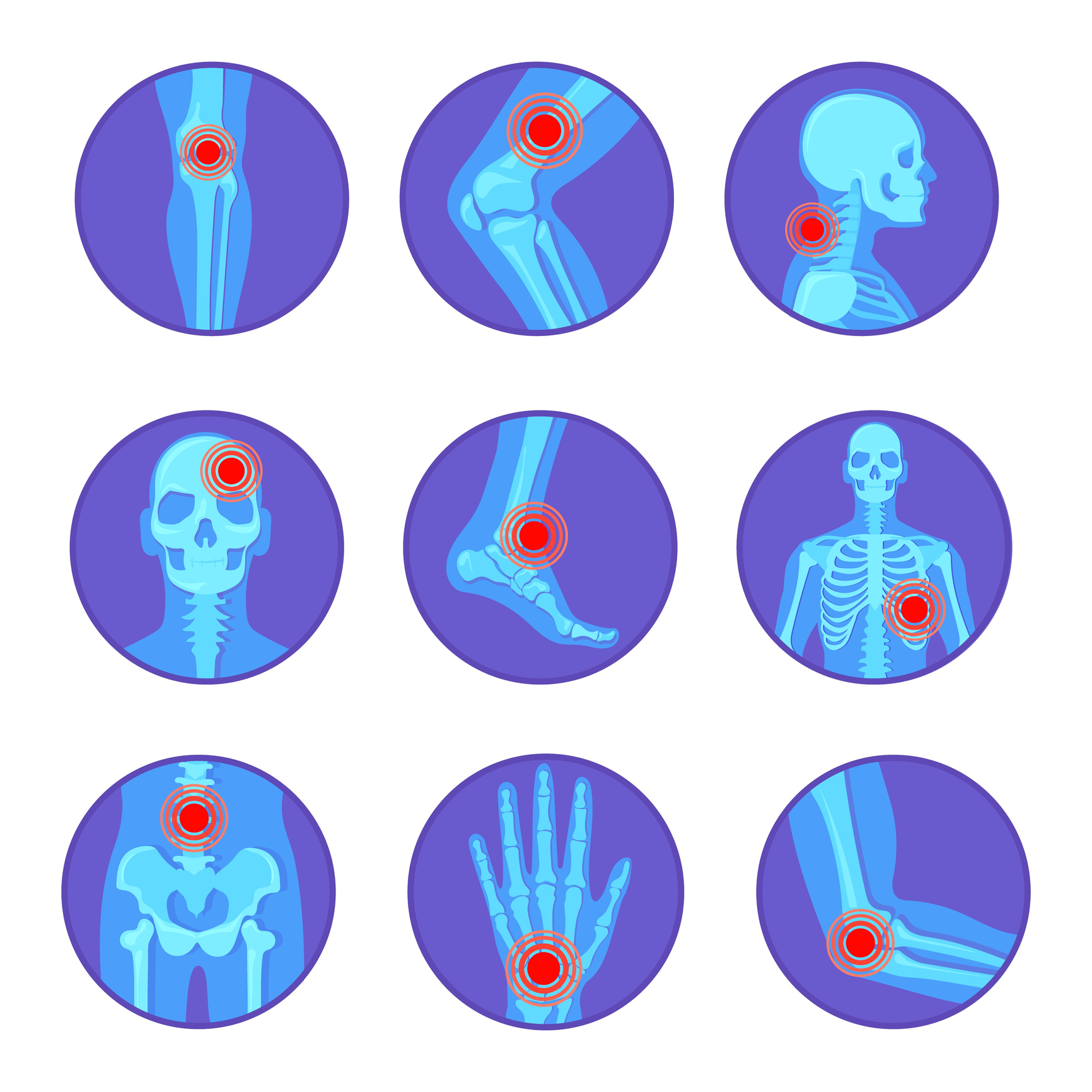To investigate the role of the interleukin IL-33/ST2 axis in systemic lupus erythematosus (SLE).
Serum concentrations of IL-33 and sST2 were measured by sandwich ELISA in SLE patients (n=111) compared to sex- and age-matched healthy controls (n=36). The serum concentrations of IL-33 and sST2 were correlated with various clinical and biological parameters. The expressions of IL-33 and ST2L were investigated in kidney sections by immunohistochemistry in lupus nephritis patients (n=23) and controls (n=10).
Serum levels of IL-33 were significantly higher in SLE patients (11.64±3.141 pg/mL) than in controls (1.043±0.8526 pg/mL) (p<0.0001). Similarly, the serum concentrations of sST2 were significantly higher in SLE patients (34.013±2.043 pg/mL) than in controls (25.278±2.258 pg/mL) (p=0.046). sST2, but not IL-33, correlated significantly with disease activity index (SLEDAI). In addition, serum levels of sST2 were significantly higher in patients with lupus nephritis (45.438±5.661 pg/mL) that in SLE patients without renal involvement (30.691±1.941 pg/mL) (p=0.016). The immunoreactivity of IL-33 in renal biopsies of patients with lupus nephritis was not increased compared to controls, while the glomerular expression of ST2L was significantly higher in nephritis patients compared to controls.
Although IL-33 and sST2 levels are both increased in SLE, sST2 represents a surrogate marker of disease activity and complications of nephritis.
Soluble ST2 is increased in systemic lupus erythematous and is a potential marker of lupus nephritis.


